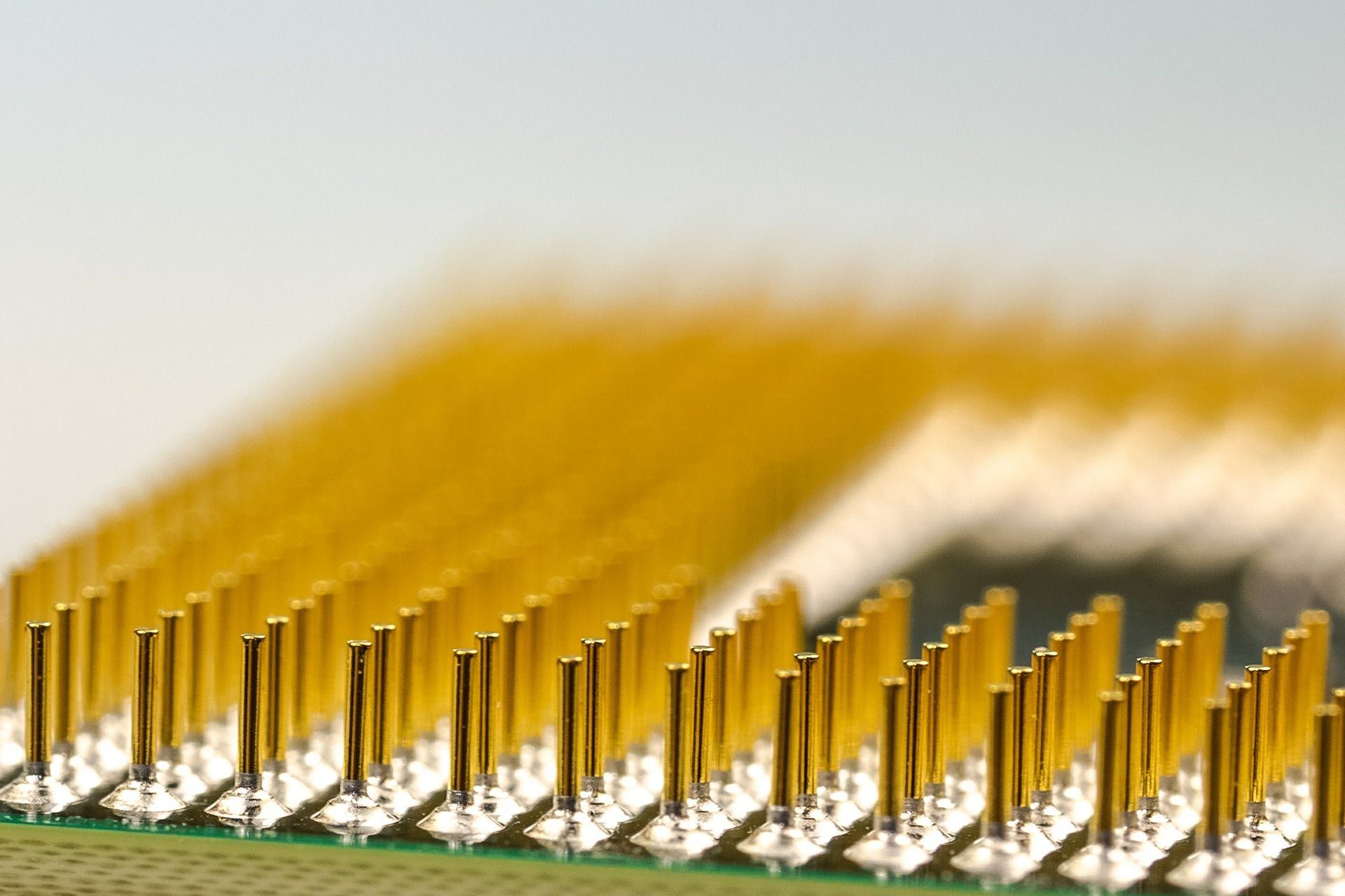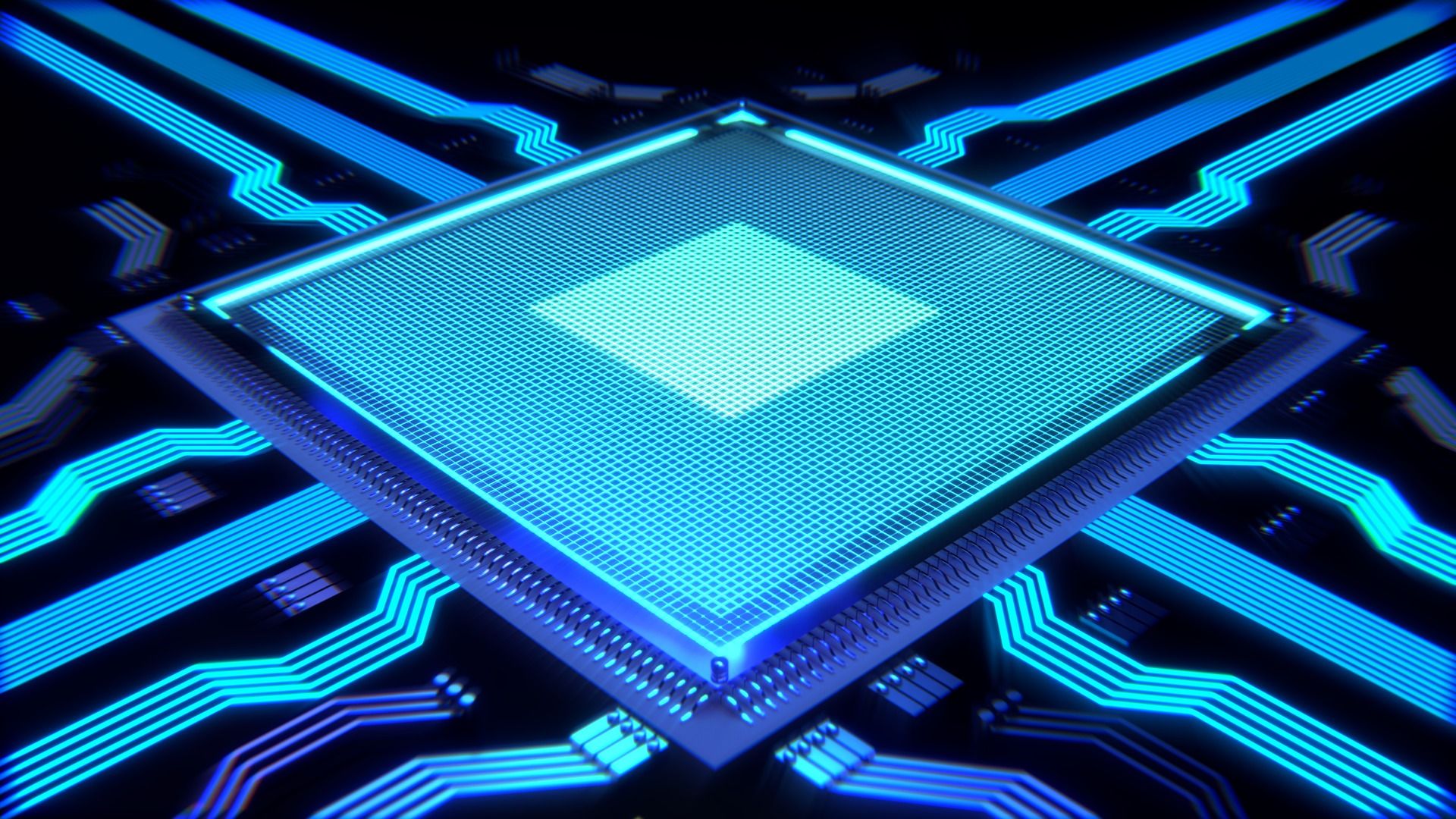All of the devices that we use nowadays just work, right? But not many people think about the brains that bring them to life. Many devices we use are powered by a system on a chip or SoC.
These small and power-efficient chips are powering most mobile devices that we use today, from smartphones to tablets. Here's a dive into what SoCs are and what makes them up.
What Is an SoC?

The term SoC stands for system on a chip. It's called that because it consists of multiple essential computing components all compressed onto one chip. SoCs are primarily used for mobile devices because of their small size and high power efficiency.
Starting in 1970, several companies attempted to squeeze multiple components onto one chip to power digital watches. Intel succeeded in doing this with the Microma Digital Watch in 1974, creating the first real SoC. The company integrated the timing functions and the LCD driver transistors onto one chip.
SoCs really took off in the 80s and 90s. Personal computers were gaining popularity in the 80s, and they needed to be powered by smaller chips. In the 90s, cellphones used SoCs, and that trend continues today with smartphones and tablets using SoCs.
What's In an SoC?
Portable devices like smartphones and tablets need to remain compact. This is why SoCs exist. SoC manufacturers take several essential components and compress them into one chip to save space. Having all of the components in one location saves a huge amount of space compared to having parts scattered throughout the motherboard.
So, what's on an SoC?
Central Processing Unit (CPU)

One of the main components in the SoC is the CPU. The CPU is also called the brains of the device. This is because it handles all of the main processing tasks that you throw at your device. Much like how your brain processes the information coming from your senses, the CPU processes the information that comes from the RAM and cache.
Graphics Processing Unit (GPU)
The GPU in the SoC is like the CPU, only it processes different things. The CPU can process everything from the code to the graphics, but that would be too much work. To relieve some of this strain, the GPU handles the graphical information. It processes everything that you see on the screen.
RAM

RAM stands for random access memory. The RAM contains data that needs to be accessed then and there. Computers once had to access data directly from their physical storage units, but that process is slow.
RAM fixes this issue with much faster memory that reads and writes data with great speed than your regular storage, even an SSD. Once data loads into the RAM, the CPU can easily access and recall useful data from the ultra-fast memory.
For example, let's say you need to open an application. The app lives on your hard drive. When you open it, that application is loaded from the drive into the RAM, which the CPU can access. Depending on what happens in the application, the data can be accessed rapidly to keep everything going smoothly. Your CPU loads data into your RAM that it thinks you might use, relating to the app, further speeding recall.
Cache
Even though RAM is a block of memory that can be accessed quickly, another form of memory is even quicker. It's called the CPU cache. The RAM holds data that the CPU needs to use, but if there's information that's being accessed often, it will be transferred into the cache. The cache can send data to the CPU even faster than RAM.
Say you open up a program multiple times in a short period. The system will store that program in the cache to be loaded up even quicker. Websites are also stored in the cache to be tapped quicker.
Signal Modems
It may seem odd, but the actual signal modems are integrated into the SoC. The modems are responsible for converting the electromagnetic signal into a digital signal that your phone or mobile device can understand. The modem is also responsible for doing the opposite when they send data to servers.

Image Processing Unit (IPU)
The IPU is what's responsible for processing the data that comes from a camera. When light hits the image sensor, that data is converted into a digital signal and sent to the SoC. That data is then processed by the IPU while the CPU can take on other tasks.
Video Encoder
If you have video data on your device, it will need to be converted into an analog signal to be viewed. The video encoder is responsible for taking the digital signal and converting it into an analog (raw electrical) signal. That electrical signal is then converted into light in the display.
Depending on the device, the SoC can have different components. For example, some SoCs don't have integrated RAM, while others have a part known as the NPU. It stands for neural processing unit, and it handles tasks relating to artificial intelligence and machine learning.
The Future of SoCs

SoCs have been primarily used in mobile devices, but we're at the edge of a new revolution in SoC technology: SoCs powering full desktop computers. SoC technology is getting to the point where it can properly run full desktop software, exemplified by Apple's M1 chip, an ARM-based SoC that powers some of their latest MacBooks.
There are benefits to using SoCs to power computers. Along with saving space, SoCs are great when it comes to power efficiency. The smaller chips use less energy overall, which should lead to better battery life for laptops.
SoCs also don't get as hot as large processors. Since SoCs can stay cooler than large processors, the devices will be more comfortable to use, especially laptops. Not only that, but they will eliminate the need for fans. Fans are put into computers and gaming consoles to remove the heat that the processors produce. Removing the fans will lead to more space saved in the device and more power savings.
Small Chips, Big Help
Many people can run their entire business off of devices using SoCs. All of the tasks that we perform on our phones or tablets are being carried out by chips smaller than a penny. Pretty soon, they will go on to power computers. SoCs truly show us that big things can come in small packages.